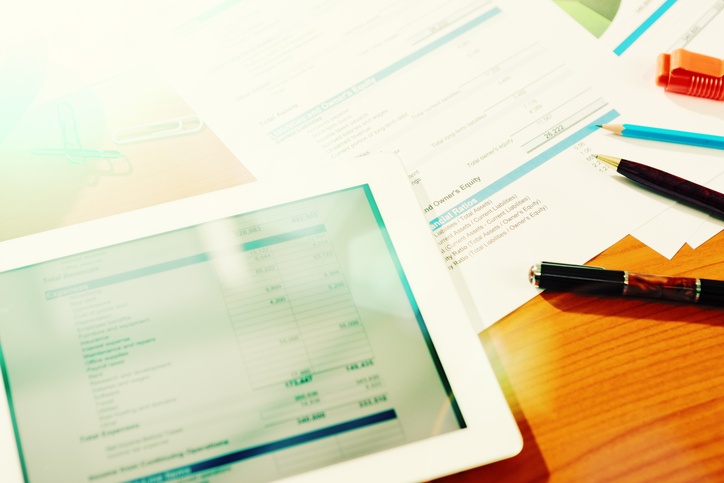The Asset Management Details You’re Probably Missing


A new set of standards for lease accounting will require organizations who lease items to recognize both assets and liabilities on their balance sheet. This applies to leases with a leasing term of more than 12 months.
Under these new standards, facilities managers and corporate real estate leaders have to keep track of more details about leased assets than ever before. This prompts the need for better asset tracking across organizations. But that’s not the only driving force. Facilities managers also want to have a better handle on equipment and maintenance costs so they can improve operations and plan for the future.
If you’re responsible for asset management and tracking at your organization, here are five key details you can’t overlook.
 Lease Terms
Lease Terms
Every leased item has terms attached to it. These terms detail the duration of the lease as well as associated rent payments.
Being able to easily access information on lease terms for each asset is critical. For instance, if you want to sublease equipment to others, you can consult the terms of the lease agreement to see if that is an option. The same can be said for whether or not you have the ability to purchase the equipment. Lease terms also include the duration of the lease and rent payments, as well as information on insurance and early termination.
Having these details readily available in one place makes lease accounting and reporting much easier. It can also help you identify opportunities to reduce costs and plan for future needs.
Type of Lease
As with the current Generally Accepted Accounting Principles (GAAP), the classification of leases as either finance or operating leases will determine how expenses and cash flows are recognized, measured and presented. Finance leases refer to when property ownership is transferred back to the lessee at the end of the term, while operating leases refer to when property ownership is retained by the lessor during and after the term.
What’s new is that both kind of leases will now be documented on balance sheets. This added level of transparency and comparability makes classifying these assets appropriately all the more important.
Maintenance Records
At any given point, a leased asset may need maintenance. This can come in the form of preventative maintenance or service requests that come through the queue. Ensuring that both needs are met is key to keeping employees happy and productive.
Tracking maintenance records can give an accurate read on when assets are due for maintenance checks and lend itself to the development of a preventative plan to save on costs.
Location of Assets
Without a means of tracking assets, items can easily go missing for several days or weeks at a time. This can create frustrations for employees who want to use these assets and result in additional costs if items aren’t found.
Asset tracking software help to reduce these stresses. Facilities managers can quickly locate the whereabouts of items and see how these assets are being utilized. For instance, they may find that audio visual equipment is in especially high demand but the amount available is insufficient. Companies can then invest in more of this equipment to satisfy employee needs and improve productivity.
RECOMMENDED: 7 Obstacles You’ll Avoid Using Asset Tracking Software
Age of Assets
Every asset is affected by age to some degree. While some assets can last for an extended period of time, others need to be replaced sooner. Keeping tabs on the age of all assets is important to ensuring smooth operations across the board.
Storing this information digitally makes it easy for facilities managers to locate it when needed. They can leverage it to project which assets they will need to replace, helping them to better prepare for future needs.
Prepare for the Future of Leasing with Asset Tracking Software
Leasing is a route that many organizations take. As organizations adapt to new leasing standards and plan for the future, asset management has become even more important.
With asset tracking software, facilities managers and real estate directors can easily view contract terms associated with leased assets and receive notifications when contracts are nearing expiration. They can also track the maintenance, age, and location of assets to ensure that issues are promptly fixed and that employees always have access to effective tools that meet their needs.
Looking for ways to better manage your organization’s assets? Our asset tracking software can help.
